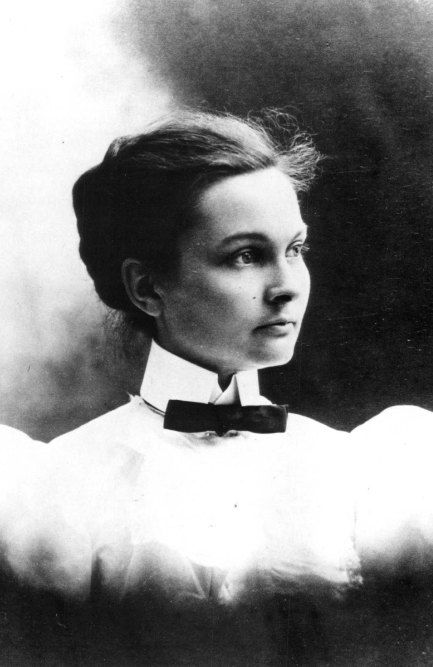
Establishment and Early Days
Red Rock, nestled in a valley surrounded by distinctive red sandstone formations, was established in 1867 by a group of emigrants originally bound for California. Led by Jeremiah and Martha Stonewall, the party of twenty-three settlers faced a harsh winter crossing through the mountains and became disoriented after losing their trail guide to fever. Upon discovering the sheltered valley with its natural springs and abundant game, the weary travelers decided to make it their permanent home rather than continuing their perilous journey.
The settlement was initially called "Stonewall's Rest" but was renamed "Red Rock" in 1869 when the first post office was established, referencing the dramatic geological features that defined the landscape. The early years were marked by cooperation with local indigenous peoples, primarily the Cayuse, with whom they established trading relationships that proved vital to the settlement's survival.

Economic Development
Red Rock's economy initially centered around subsistence farming and hunting, but quickly diversified with the discovery of silver in nearby Cougar Mountain in 1872. The "Red Rock Silver Rush" brought an influx of prospectors, merchants, and opportunists, swelling the town's population from fewer than one hundred to nearly two thousand within eighteen months.
Unlike many boom-and-bust mining towns of the era, Red Rock's economy remained relatively stable due to the development of cattle ranching in the surrounding grasslands. The Red Rock Cattle Company, founded by former prospector Thomas Blackburn in 1876, became the region's largest employer and helped the town weather the silver depletion of the early 1880s.
Notable Residents

Sheriff Francisco "Frank" Armijo (1835-1889)
Sheriff Armijo became Red Rock's longest-serving lawman, maintaining order from 1883 until his death. A former Union cavalry officer with a reputation for fairness, Armijo was known for preferring negotiation over gunplay—unusual for the era. His most famous achievement was peacefully ending the "Red Rock Mine Strike" of 1879 without bloodshed, a rare outcome for labor disputes of the period. Armijo died defending the town bank from the notorious Whiskey Ridge Gang, successfully preventing the robbery but sustaining fatal wounds.

June Wah (1860-1923)
June Wah arrived in Red Rock in 1882 as a cook for the railroad workers extending the Great Western line to the town. Recognizing opportunity, Wah opened Red Rock's first restaurant, "The Golden Mountain," which became a social hub for the diverse community. Despite facing discrimination, Wah became a respected business leader and eventually opened Red Rock's first hotel in 1890. Her meticulous business records, preserved by the historical society, provide valuable insights into daily life and commerce in late 19th century Red Rock.

Dr. Rosemary Eleanor "Nellie" Tölle (1842-1905)
Dr. Tölle arrived in Red Rock in 1880 as one of the few female physicians in the western territories. Initially met with skepticism, Dr. Tölle earned the town's respect during a scarlet fever outbreak in 1882, when she worked tirelessly to treat the afflicted. She established Red Rock's first proper medical clinic in 1884 and later became known for her research into indigenous medicinal plants, publishing several papers that gained attention in eastern medical journals. Dr. Tölle never married but adopted three orphaned children and was a vocal advocate for women's education.
Significant Events
The Great Fire of 1878
The Great Fire devastated St. Matthew's Church during Easter services. The fire began when a candle ignited the newly-installed curtains, and quickly spread throughout the wooden structure. Despite heroic efforts by parishioners and townspeople forming a bucket brigade from the nearby creek, the church was completely destroyed. Remarkably, all congregants escaped without serious injury, which Pastor William Hayes declared "the Easter miracle of Red Rock." The rebuilding effort united the community, with the new stone church (which still stands today) completed within six months using locally quarried red sandstone.
The Flood of 1883
The Flood of 1883 tested Red Rock's resilience when unprecedented spring rains caused Bear Creek to overflow its banks, inundating the lower portion of town. Seventeen buildings were destroyed along with the mine and fifteen lives lost, but the disaster prompted important infrastructure improvements including the construction of a stone levee system designed by engineer Frederick Armstrong. This flood protection system, considered innovative for its time, has successfully protected the town from subsequent high water events for over a century.
The Railroad's Arrival (1885)
The Railroad's Arrival marked Red Rock's transition from frontier settlement to connected community. When the Great Western Railroad established Red Rock as a regular stop on its Denver-Salt Lake City route, the town experienced dramatic growth. New businesses, immigrants from diverse backgrounds, and increased trade transformed Red Rock into a regional commercial center. The original train station, meticulously restored in 1998, now serves as the Red Rock Historical Society Museum.
Legacy
Unlike many western towns that faded with the frontier, Red Rock adapted and endured. While never becoming a major city, it maintained its distinct character and community spirit through the challenges of industrialization, two world wars, and economic transformations. Today, visitors to Red Rock can still walk the original main street, view many preserved 19th century buildings, and experience living history demonstrations that celebrate the town's rich multicultural heritage and pioneering spirit.
Visit the Red Rock Historical Society
The Red Rock Historical Society welcomes visitors Tuesday through Saturday, 10am-4pm, at the Historic Train Station Museum.
Address: 123 Railroad Avenue, Red Rock
Phone: (555) 502-0225
Email: info@visitredrock.org